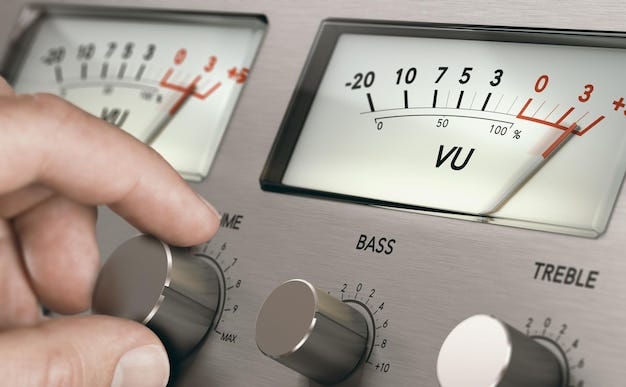Thursday Trader's Tip: Monetary vs. Emotional Risk
Thursday Trader's Tip editions offer quick trading psychology advice that can be digested in 5 minutes.
Mark your calendar!
Our next exclusive webinar for paid members, "Key Differences Between 5- and 7-Figure Traders," will take place on December 14th. If you haven’t reserved your spot yet, secure your spot here.
Watch this edition’s video at the end of the post.
Have you ever been stopped out at breakeven or taken an early exit, only to watch the price move exactly as you had planned?
It’s frustrating. Once again, fear took control.
In every trade, there are two kinds of risk:
The monetary amount or percentage risked.
The emotional cost—the amount you're truly willing to lose.
Problems in trade management arise when these two are misaligned.
Most traders think of risk as a fixed number, but they rarely pause to ask themselves if they truly accept that risk.
The risk you choose sets the emotional tone for the trade.

The size used in trades is like the volume knob on a stereo system. Turning up the volume amplifies both the music and any distortions. Increasing trade size can amplify profits but also heighten risk and emotional volatility.
The first step to fixing these issues is simple: lower your risk. Forget about profits for now. The goal is to stay in the trade as long as possible while following your rules.
Change comes with new experience.
A trader who resorts to early profit-taking when the fear of missing gains gets too intense will never feel like what it is to stay in position longer.
Equally, a trader who pushes stop to breakeven on a minor pullback will never get to experience what it is like to stay in a position that doesn’t go in a straight line.
By avoiding discomfort, you’re also avoiding growth.
Ideally, you want to maintain the emotional intensity as you increase the size of your trades over time. Doing it too soon will almost always cause deficient handling of your emotions and, consequently, your trades.
If the fear you experience is too big to handle, odds are your risk is too big, and you want to lower your size until it becomes manageable.
The Fine Line
You don’t want to mute emotions; you want to find that fine line where you feel the discomfort but don’t act on it.
In that fine line, you have space to learn to manage your fear efficiently while proving to your brain that a pullback does not represent a threat.
Always make sure you fully accept losing the total $ amount you're risking for that trading idea by asking yourself:
“How will I feel if this trade turns out to be a loser?”
This will help you assess:
The quality of the trading idea
The quality of the entry
Your acceptance level
This learning can only bring clarity to your decision-making.
Peaceful trading,
Sara
P.S. If you took value, tap the ❤️ button and share the post! It’s a small gesture that goes a long way in supporting the continuation of this publication.
Related reads:
Don't miss out on this week's edition in video format:






